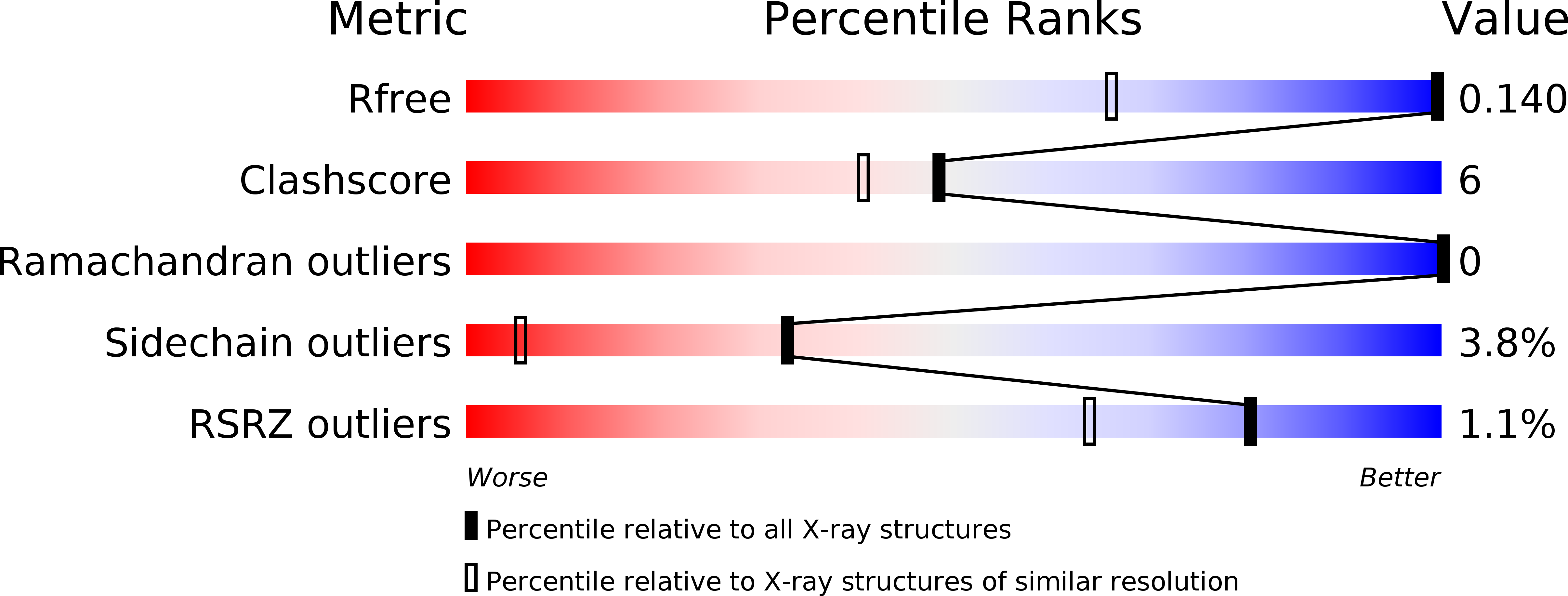
Deposition Date
2013-01-30
Release Date
2013-07-17
Last Version Date
2024-04-03
Entry Detail
PDB ID:
3W5H
Keywords:
Title:
Ultra-high resolution structure of NADH-cytochrome b5 reductase
Biological Source:
Source Organism:
Sus scrofa (Taxon ID: 9823)
Host Organism:
Method Details:
Experimental Method:
Resolution:
0.78 Å
R-Value Free:
0.14
R-Value Work:
0.12
R-Value Observed:
0.12
Space Group:
P 21 21 21


